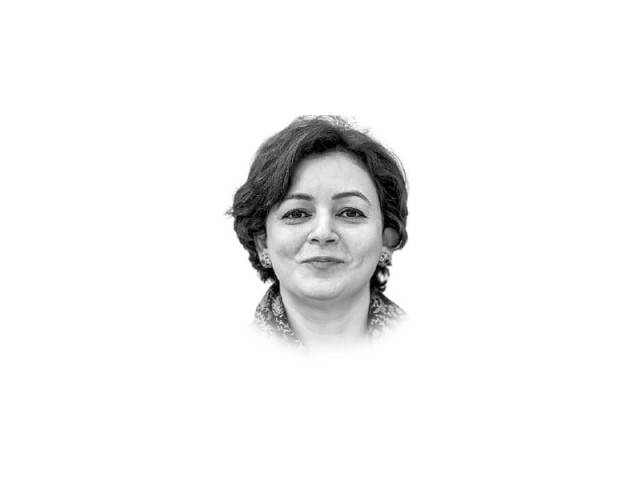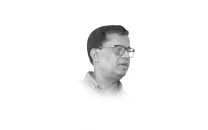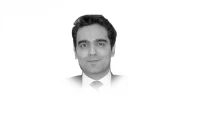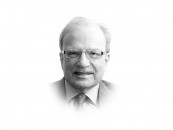From knowing to painting thyself
Beauty and brains are a lethal combination that can spark insecurity in others

Dear Dr Rahat,
Many congratulations on the successful reception of Beyond the Self. I have not seen any artist presenting self-portraits in such a number and variety recently. In our times, the rise of selfies and social media has led to increased scrutiny of self-portraits. Some may view these as a symptom of narcissism. The case worsens if the artist is a fair-skinned, tasteful lady.
I remember you sharing your experience of how looks and social standing may steal the credit for all the hard work and intellect in the eyes of the envious. Beauty and brains are a lethal combination that can spark insecurity in others.
The first two things the viewer of the collection, Beyond the Self, notices are the attractive personality of the sitter and the skillful hand of the painter. This impression fades away pretty quickly. The second glance makes one realise that the portraits do not do complete justice nor do they fully capture the warmth of your personality. Some works do not even look like representations of the same person. Such incongruity can be explained in many ways.
Firstly, as Gombrich would say, "Making comes before matching, creation before reference." Or maybe in terms of maturing and constantly evolving personalities and identities as a result of socio-cultural and political scenarios. Overall, the portraits reveal quiet reflections and evolving identities as the main subject. The title of the collection aptly suggests a similar mindset, making portraits the quintessential representation of the slogan, "The personal is political".
Iqbal said, "Apne mann mein doob kar pa ja suragh-e zindagi" meaning that everything you need is already inside you: you need to take a start. Studying oneself to understand the mysteries of nature is a phenomenon. Using oneself as a vessel to document and illustrate the surroundings and situations is courageous. This is what you have done daringly. The concept of self-exploration and its connection to the broader world has fascinated many.
Al-Ghazali's words resonate with the idea in the most poetic way. "In a word, there is nothing closer to you than you. If you do not know yourself, how can you know anything else? ... You must seek out the truth about yourself: What sort of a thing are you? Where did you come from? Where are you going? Why have you come to this stopping place? For what purpose were you created? What is your happiness and what is your misery and where does that lie?"
In his book, The Alchemy of Happiness, he emphasises that true happiness is achieved through self-knowledge and spiritual purification. It suggests that understanding one's true nature as a spiritual being obscured by worldly desires is the key to unlocking lasting happiness. Purifying the heart through moral discipline and eliminating selfish desires ultimately lead to a deeper connection with divine guidance.
Such a cause elevates the status of art and creativity to a spiritual practice. In this context, painting becomes a form of meditation. This is how your portraits differ from the mindless duplication and random capture of camera selfies.
In the history of art, artists have approached self-portraiture in unique ways. My favourites, before you, have been Rembrandt and Munch. The conviction towards creativity and artmaking sets Rembrandt apart from Munch, with over 40 known self-portraits attributed to the first and around 80 to the latter. Rembrandt seems to be preoccupied with experimentation in painting techniques, developing the illustrious 'Rembrandt Patch'.
Munch's work is a direct reflection of his personality, biographical events and different stages of his mental trajectory. Munch sought to feel validated through his art with an ambition of seeing his work exhibited in every important room and museum. Your aesthetic ideals are somewhere in between the two extremes. They are closer to reality.
They signify the compact realities of our times. Along with the inherent quest for divine connection and mastering representational techniques, there is a reflection of inner-state inkling with the socio-political integer. In this course of action, celebration and validation come naturally as one of the major concerns of portraiture.
Sincerely,
Bano
June, 25













COMMENTS (1)
Comments are moderated and generally will be posted if they are on-topic and not abusive.
For more information, please see our Comments FAQ